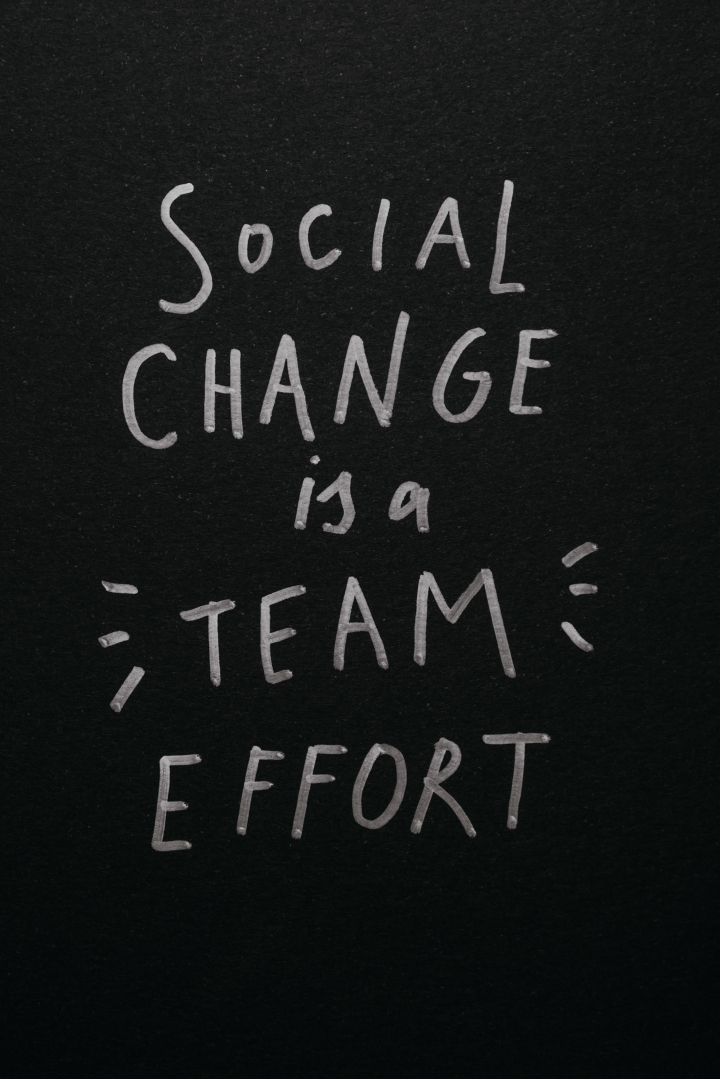Can we reimagine the grant application process?
There is an inherent tension in the grant making and seeking process. Grant makers can struggle with the sheer number of grant applications they have to read and analyse. Grant seekers struggle with the number of bespoke grant applications they have to make to survive.
Is it time to consider a different grant application process?
What could be some alternatives?
Is there a way to make the process more equitable and just while making it less onerous?

Some of the issues facing grant makers include:
- There are too many applications, many of which don’t meet our criteria or focus areas
- We need to be respectful of grant reviewers’ time. Imagine if you had to read 100 proposals and they’re each long and rambly as hell!
Some of the issues facing grant seekers include:
- Funders ask big questions that need a lot of detail to answer but expect it to be presented with an unrealistically small character/word limit, forcing applicants to spend endless time editing, checking, editing, checking, editing, checking
- How many grant seekers would like to be able to ask funders, “demonstrate how you will measure the success of your grant program and give three examples of the impact you are having, in 500 characters”? ?
- At the other extreme, some funders have very large character limits (10,000 characters), and applicants feel like they will be judged inadequate if they don’t hit those numbers
- All of this equates to millions of wasted hours across the sector as not-for-profits translate the same answers to the same questions into various lengths and formats

- There is limited transparency about the decision-making process making it difficult for grant seekers to learn how to improve the quality of their applications or what funds are the best fit for their particular cause or project. This is compounded by many funders not publicising who the successful grant applicants were.
- The grant application process can be incredibly inequitable in that those organizations that write the best applications tend to get the funding. And who are the organisations that tend to write the best grant applications? Well-resourced, mainstream, often white-led ones. Spending time applying for grants, including editing answers to fit arbitrary character limits, may be an annoyance to well-resourced organisations, but it can be a significant barrier to less-resourced ones led by marginalized communities or those led by people whose first language is not English.
- Although we may not have the figures for Australia, it is instructive to learn that in the US, over half of the grant dollars awarded by U.S. foundations are directed to just 1 percent of recipient organizations.

What could be some different approaches?
Let’s start with the funders. Funders have the money, and thus the power and are in a better place to make at least the first changes:
- Agree on a standardised application – a short version and a long version. For example, not-for-profits could have two applications versions prepared for each of the projects that they want to pitch to funders.: A succinct two-page expression of interest; and a comprehensive proposal that includes everything funders normally ask for. In a standardised approach, these proposals would be used for every grant application. There is no customizing. There is no recrafting of an answer to 500 characters or 1,000 characters or slight differences in the questions. Funders request the short version or the long version, and if they have questions, they can email or call and ask.
- This would save grant seekers an enormous amount of time and enable them to focus on running the programs needed to make the world a better place
- Narrow the funding criteria/parameters. This requires a very strategic consideration of the social issues the trustees want to work towards addressing and an understanding of how changes can be made, including having a theory of change. Grant-makers could also use plainer, more accessible language about their criteria and exactly what they are looking for, as well as be really transparent about who and what they are already funding to guide applicants.
- This approach reduces the number of applications to be reviewed but also makes it clearer to grant seekers whether their project is a good fit for this grant round so they don’t waste time applying for a grant that will be unsuccessful
- As an example of this approach, one foundation decided on its criteria considering the size of the grant and issue they wanted to address (e.g. organisations with annual revenue of at least $1 million, working with people with disability in regional Australia). The selection committee then identified 40 organisations meeting these criteria and they were asked to submit a short EOI. The shortlist of 5 were then asked to submit a full application. The application process also included separate additional funding for impact measurement, when appropriate.
- Another foundation uses its values and guiding principles as key criteria. For example, a principle around valuing community led and owned initiatives, means that large white NGOs without a genuine community partnership should not apply.
- Don’t use an application form or process – “don’t call us, we’ll call you” approach:
- In other words, funders go out and identify front-line organisations to partner with so that together they can explore the best approach for shifting the dial on that issue. Some examples include:
- MacKenzie Scott has given grants that are in the millions each, without any applications. The due diligence and background research is carried out before approaching the organisations she funds;
- A giving circle where its members research organisations that they believe are having the impact the giving circle would like to make and the giving circle members pitch these organisations to the giving circle;
- A small business (Wendy Brooks & Partners) that allocates its profits to good programs, where the team members do the background research and pitch their preferred grant recipients to the rest of the team
- Move to single, larger grants and closer partnerships.
- This is the approach the Barlow Impact Group has recently taken. This approach is very different to many funders, as Deborah Barlow CEO, Barlow Impact Group says, “We don’t prescribe how they spend the money, instead the recipient will tell us what they need in order to grow, to deliver more and therefore to become better at what they do.”
- The Cognizant Foundation has made its grants less restrictive and far more flexible. “We worked with our partners to implement no-cost extensions and to craft amendments to scopes of work. More than 80 percent of our grantee partners took advantage of these extra supports, which enabled them to meet a growing range of needs, more easily transition services online, and address other pandemic-related barriers.”
- 805 grant-making organisations signed the Council of Foundation’s Covid pledge to “loosen or eliminate the restrictions on current grants, … make new grants as unrestricted as possible, … reduce what we ask of our nonprofit partners, … support, as appropriate, grantee partners advocating for important public policy changes” among other pledges. If we can do this for Covid, then couldn’t we consider it for post-Covid?
- The Trust-Based Philanthropy Project has six principles that are designed to lead to a healthier and more equitable nonprofit sector through funders authentically partnering with grantees in a spirit of service.
- Don’t make the grant application the only criteria for decisions.
- The Geelong Community Foundation uses local knowledge of local organisations to supplement the application review process, providing more equity as some organisations doing good work don’t have the skills or capacity to write the best applications. The selection committee also interview organisations with large or multi-year grant applications to ensure they have a good understanding of the organisation and the impact it is having or could have.
- In other words, funders go out and identify front-line organisations to partner with so that together they can explore the best approach for shifting the dial on that issue. Some examples include:
Lots of different ways to do things better!

Can we acknowledge the power differentials, be honest with one another, and have conversations about how we can become more effective partners without the tedious, inefficient process we mostly have now?
Are grant makers prepared to share some of their power, acknowledge that they are not always “a special snowflake who deserves a special snowflake proposal” and work towards a process that is more efficient and effective, less onerous, and more equitable?
Are grant seekers prepared to become more active partners in the grant seeking process and have the “courageous conversations” we need to have to develop a better process?
Together we could reimagine a vastly better grant application process, but we have to start talking about it now.
Will you join us?